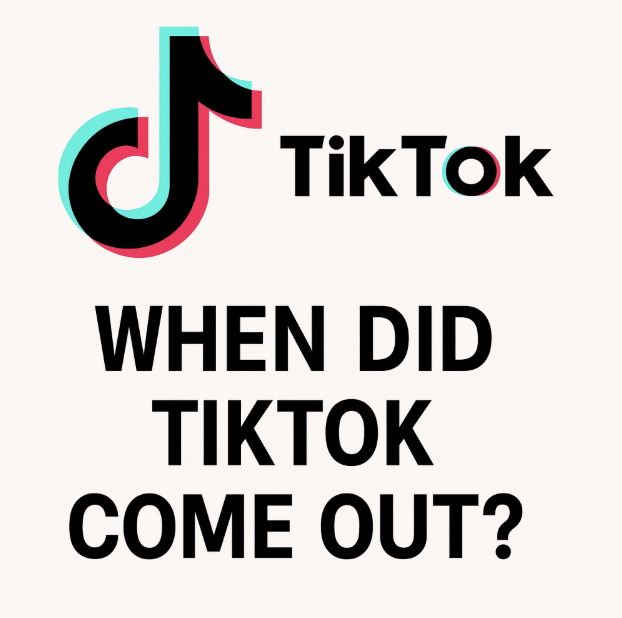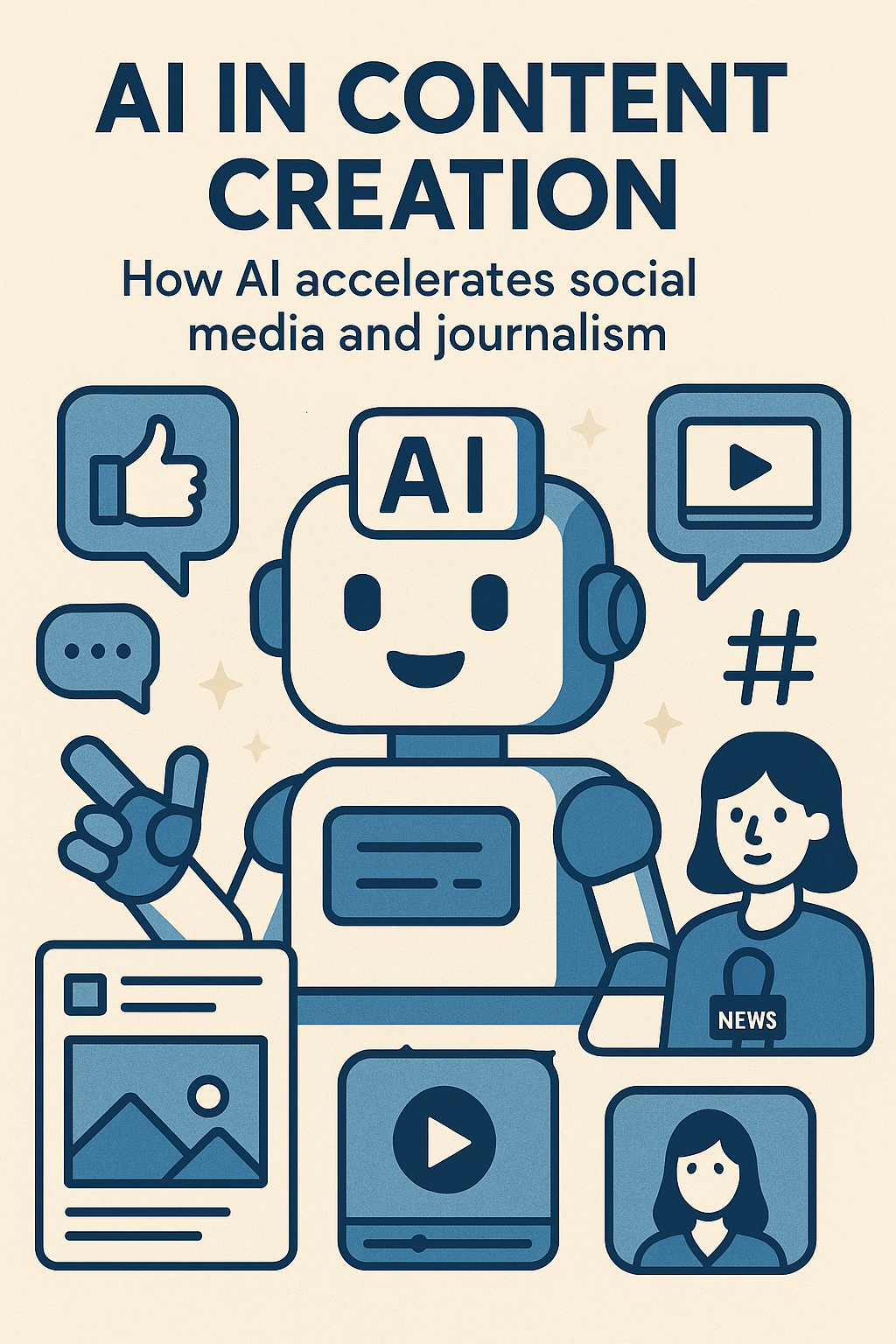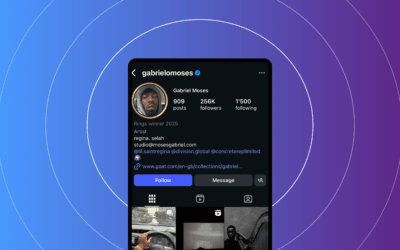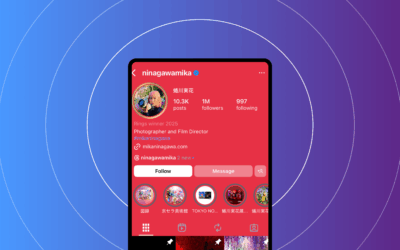When did TikTok come out?
When did TikTok come out? If you’re planning global campaigns or newsroom workflows, knowing when did TikTok come out is more than trivia — it shapes platform norms, regional product differences, and AI-driven content opportunities. This post gives a concise timeline from Douyin’s launch to the Musical.ly merger, explains whether TikTok is a Chinese or Singaporean company, and maps how AI tools now influence short-form social and journalism workflows.
For fast-moving teams, dates and corporate origin matter. They inform which markets use Douyin vs. TikTok, what content rules apply, and how to handle data privacy. We’ll also answer “is tiktok a chinese company” and “is tiktok from singapore” to clear up common confusion about ownership vs. regional offices. For reference on ownership and corporate structure, see ByteDance’s overview and the BBC explainer on TikTok’s history and parent company. Related reading: Influencer Marketing Platform and What is a Micro Influencer? A Modern Guide for Brands and Marketers.
When did TikTok come out? A concise timeline
Short answer: TikTok launched internationally in 2017, after Douyin launched in China in 2016 and before the Musical.ly merger in 2018. Below is the marketer’s timeline with essential context.

- 2014 — Musical.ly founded
Musical.ly launched in 2014 and became an early short-form video network popular with teens. It set the lip-sync and creator culture that later fed into TikTok’s growth after acquisition. Source: TechCrunch
https://techcrunch.com/2017/11/09/bytedance-acquires-musical-ly/ - September 2016 — Douyin launches in China
Douyin (抖音) is ByteDance’s China-only short-video app launched in September 2016; it uses recommendation algorithms similar to global TikTok but operates under separate content and regulatory rules. Sources: BBC, ByteDance
BBC explainer,
ByteDance corporate - September 2017 — TikTok launches internationally
TikTok launched globally in 2017 as the international counterpart to Douyin. This allowed ByteDance to serve markets outside mainland China under a different brand with localized policies and app stores. Source: The Verge
The Verge history - November 2017 – 2018 — ByteDance acquires Musical.ly and merges it into TikTok
ByteDance acquired Musical.ly in late 2017 and completed a migration into TikTok during 2018 — a key inflection point for TikTok’s popularity outside China. Source: TechCrunch
TechCrunch on acquisition - 2018–2020 — Growth and algorithm refinement
TikTok’s For You Page (FYP) became its growth engine, blending creator content with a powerful recommender system. Sensor Tower notes large download milestones; figures vary by source, so treat them as directional. Sources: Sensor Tower, The Verge
Sensor Tower,
The Verge on algorithm - 2020–2024 — Regulation and new features
Scrutiny rose globally, affecting product behavior and policy commitments. India banned TikTok in 2020, and data governance became a top issue in the U.S. and EU. Sources: BBC (India ban), Reuters (regulatory coverage hub)
BBC — India ban,
Reuters technology/regulatory coverage
What marketers should take from the timeline
- The origin split matters: Douyin (China) and TikTok (international) are sibling apps with different rules and data environments.
- The 2018 Musical.ly merge accelerated Western creator adoption, giving TikTok a ready-made youth audience and content style.
- The FYP algorithm is the growth engine; invest in creative testing and watch time optimization.
- Regulation can reshape operations quickly. Plan for data residency and legal review per region.
Alt text: Timeline of TikTok’s launch: Musical.ly (2014), Douyin (2016), TikTok global launch (2017), Musical.ly merger (2018), rapid growth and regulatory scrutiny (2019–2024).
Origins and corporate roots — is TikTok a Chinese company, or from Singapore?
ByteDance is the Beijing-based parent company that founded Douyin (for China) and launched TikTok for the international market. See ByteDance’s corporate overview for official background.
- Is TikTok a Chinese company?
TikTok’s parent company, ByteDance, is a Chinese company based in Beijing; TikTok itself is the international product of that Chinese parent. Source: BBC
BBC explainer - Is TikTok Chinese or Singaporean?
TikTok is not a Singaporean company — it is the international arm of ByteDance (a Chinese company). Singapore hosts regional offices to support operations, marketing and regulatory compliance across Southeast Asia. Source: BBC; TikTok Careers (Singapore presence)
TikTok careers — Singapore,
BBC explainer - Is TikTok from Singapore?
No — TikTok is not from Singapore. It is an international app developed by a Chinese parent with regional offices to support localized operations. Source: BBC
BBC explainer
Regulatory context: why this distinction matters
- Data-localization pressures: Some markets require local storage and tighter privacy controls. India’s 2020 ban shifted regional growth plans. Source: BBC India ban
BBC — India ban - U.S. and EU scrutiny: Lawmakers examine data, youth safety, and transparency. TikTok has responded with transparency centers and regional data projects. Source: Reuters technology hub
Reuters technology
Practical takeaway for marketers
- Treat TikTok as an international platform run by a Chinese parent — localize content and legal reviews per market.
- Map data flows, especially in regulated markets — check regional data residency and ad targeting rules.
- Build creative and compliance plans that reflect the TikTok vs. Douyin split.
TikTok vs. Douyin: quick comparison (for planning)
- Launch date: Douyin 2016 (China only); TikTok 2017 (international)
- Market: Douyin — Mainland China; TikTok — Global outside China
- Content rules: Douyin follows China-specific rules; TikTok follows local laws and regional policies
- App availability: Douyin in China app stores; TikTok in global stores
“ByteDance is Beijing-based; TikTok is its international product.” Source: ByteDance company overview
ByteDance is Beijing-based; TikTok is its international product.
AI and the place of AI in content creation on TikTok and in journalism/blogs

Definition and scope
AI here means tools and models used for ideation, automated editing (clip selection, auto-captions), translation, trend detection, and recommendation personalization that help creators, brands, and newsrooms.
On TikTok, the For You Page (FYP) is powered by a recommender system that learns from user interactions and video features. Source: The Verge
Practical brand use cases
- AI-assisted ideation
Use trend-detection tools and the TikTok Creative Center to generate 5–10 prompts per week, then feed them to creative squads. Keep a human in the loop for brand safety and nuance. Source: TikTok Creative Center - Auto-captioning and translation
Auto-captioning boosts accessibility and often lifts engagement. Pair auto-captions with quick human edits for accuracy in other languages. Source: Nieman Lab - Automated editing and templates
AI editors can create short variants from a single shoot. Test hooks, overlays, and CTAs. Preserve authenticity with in-house final review. - AI for distribution
Predict posting windows and simulate audience segments with ML, then validate with real data. Don’t pin yourself to one tactic; creative fatigue exists.
Journalism-specific use and ethics
- Use AI for transcription, summarization, and research support — but require attribution, source verification, and editorial sign-off before publishing. Reuters Institute notes most newsrooms use AI to boost efficiency, not to replace journalists.
- Expert perspective: Nic Newman emphasizes a pragmatic, augmentation-driven approach in the near term.
Reuters Institute overview, Nieman Lab on newsrooms using AI
Risks and governance
- Synthetic content and misinformation — mitigate with watermarking and bylines labeling AI-assisted content.
- Algorithmic bias in trend detection — mitigate by diverse datasets and human review.
- Privacy and data handling — follow data residency laws, obtain consent for UGC, and align with ad disclosures.
Quick legal/compliance checklist
- Data residency: Decide where analytics and ad data are stored per market.
- Youth safety: Use age gating and disclosures for youth content.
- Ad transparency: Label sponsored content; note when AI assists production.
- Rights: Clear music, fonts, templates, and creator IP.
Data-backed signals to guide adoption
- Captions improve reach: Many publishers report higher completion with accurate captions; newsroom case studies show faster turnarounds using AI transcription. Source: Nieman Lab
- Adoption trend: Surveys show newsrooms plan to expand AI for background tasks with oversight in 2024–2025. Source: Reuters Institute
Context tie-back: AI moved from FYP ideas to creator tools that affect ideation, editing, captions, and distribution. This is now central to brand and newsroom workflows.
Source: The Verge FYP explainer
What this means for CMOs and brand teams — takeaways about TikTok
- Treat TikTok as an international product from a Chinese parent — verify regional compliance before data use. Source: ByteDance
- Localize creative strategies for Douyin vs. TikTok audiences — creative won’t always transfer across apps.
- Use AI for ideation, captioning, and rapid edits, but keep final creative in-house for authenticity and safety.
Campaign playbook (step-by-step)
- Audience and legal map
Define target markets, then assess data residency and privacy laws. Document where analytics and ad data are stored. Note any risk triggers related to ownership questions. For related strategy resources, see Influencer Marketing Platform. - Trend scouting (weekly)
Use TikTok Creative Center plus AI trend tools to build a 7-day idea backlog. Track hashtags and formats. Set a weekly ritual to greenlight ideas in under 24 hours. Related: TikTok Creative Center. Related reading: Influencer Marketing Platform. - Rapid content production (AI-assisted)
Produce three hero clips and six micro-variants per week. Auto-caption everything; run a quick human pass for accuracy. Optimize first three seconds and vertical framing. Use templates in a shared library. - Creator partnerships
Contract for usage rights, data handling, and AI asset disclosures. If you regionalize to SEA, involve Singapore teams for local checks. - Measurement
Track VTR, average watch time, saves/shares, engagement, and conversion lifts. Run A/B tests: AI hooks vs. human hooks. Compare retention curves. - Governance and transparency
Require AI disclosure in briefs. Keep a log of models used and human reviews. Build a playbook for sensitive topics. This clarifies ownership questions like “is tiktok a chinese company.”
TikTok FAQ
When did TikTok get popular?
TikTok’s global popularity surged after ByteDance merged Musical.ly into TikTok in 2018 and as the For You Page (FYP) recommendation system gained traction in 2019–2020. The merger created a larger creator base and helped discovery. Sources: The Verge; TechCrunch.
Sources: The Verge — FYP, TechCrunch — Musical.ly acquisition
Was TikTok out in 2014?
No — TikTok as a global product arrived in 2017. Musical.ly launched in 2014 and Douyin in 2016. Sources: TechCrunch; BBC.
Sources: TechCrunch, BBC
What was TikTok called in 2013?
It wasn’t called TikTok in 2013. Musical.ly (2014) and Douyin (2016) preceded today’s TikTok. Source: BBC.
Source: BBC
Was TikTok a thing in 2016?
Douyin launched in China in 2016, while the international TikTok app arrived in 2017. This split explains name and policy differences. Sources: BBC; The Verge.
How did Musical.ly influence TikTok’s growth?
Musical.ly brought a teen creator base and lip-sync/challenge culture. Its merger into TikTok in 2018 sped up Western adoption and creator migration. Source: TechCrunch.
Source: TechCrunch
Conclusion
TikTok launched internationally in 2017 (the product grew from Douyin, launched in China in 2016; Musical.ly, founded in 2014, was merged into TikTok in 2018). Ownership-wise, is tiktok a chinese company? Yes — TikTok is the international app from ByteDance, a Beijing-based parent.
As TikTok’s product evolved, so did the role of AI — from the FYP algorithm to creator and newsroom tools that speed ideation and editing. Marketers should adopt AI tools with clear governance and human oversight, guided by newsroom best practices and industry research. Sources: Nieman Lab; Reuters Institute.
For ongoing updates, subscribe for platform changes and AI best practices for social media and journalism. You can also download the AI-assisted TikTok campaign checklist to streamline planning and governance.
Quick reference to internal resources:
- Influencer Marketing Platform — Click Analytic
- What is a Micro Influencer? A Modern Guide — What is a micro influencer
- What is a PR Package? — What is a pr package
- What is a Twitter handle? — What is a twitter handle
- Click Analytic — Click Analytic home
Influencer Marketing Articles
Actionable tips to get more success with influencer marketing campaigns
Who is Gabriel Moses?
Discover Gabriel Moses, the London-born artist blending fashion, music, and heritage into striking visual narratives. From Dior to Johnnie Walker, see why he’s shaping culture.
Who is Mika Ninagawa?
Discover Mika Ninagawa, Tokyo’s visionary photographer and film director celebrated for her vivid art, bold storytelling, and win at Instagram Rings 2025.
Influencer Price List: What Brands Pay in 2025 & 2026
An influencer price list is the working set of fees and terms creators (or their agents) provide — the baseline for budgeting, negotiating, and forecasting influencer campaigns.






